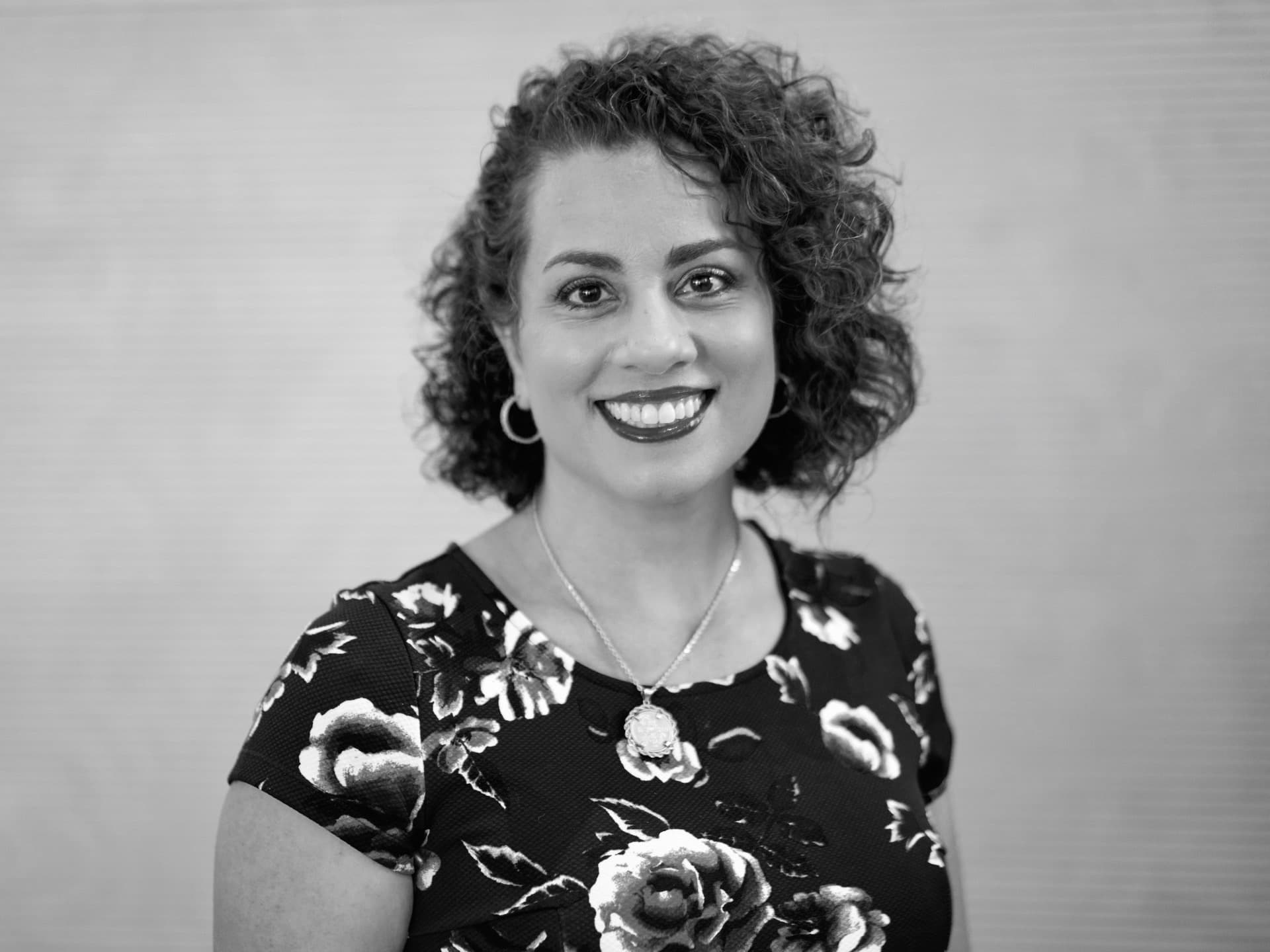In 2001, Jewish sofer (scribe) Ron Sieger served as a hand double for the actor playing a scribe on “The Sacred Scroll” episode of the CBS drama, “Touched By an Angel.” He left his studio in Los Angeles for a few days and headed off to the Utah set to serve as a scribe consultant and to tutor actress Valerie Bertinelli in Hebrew.
It was a glamorous digression from what is essentially a humble, albeit holy, Jewish profession, one that preserves exactly the sacred words Moses received on Mount Sinai, the defining moment of the Jewish people, celebrated on Shavuot, which this year takes place on Friday, May 29.
“What I simply do is make sure all of these Jewish articles are in good shape and maintained properly and make sure everything is done in the right way,” said Sieger, 44, at his studio, a setup that was duplicated by the TV show’s set designers. His workplace is tucked away in his garage, with a drafting table as its centerpiece (usually with a Torah scroll upon it), surrounded by wooden shelves filled with scrolls, embroidered Torah mantles and boxes of mezuzah and tefillin cases.
“I was never sure what I wanted be,” said Sieger, wearing a cap that reads Sofer StaM. STaM stands for Sifrei Torah (Torah scrolls), Tefillin and Mezuzot.
“I never said I wanted to be one thing or another. What made me want to become a sofer was, years later, after I came home from yeshiva in Israel, I wanted to become a rabbi or teacher, but I thought I was too much of a softie to be a teacher.”
Having been among the first graduating class of YULA boys high school in 1981, Sieger started out as an apprentice to a scribe at age 23, going on to receive certification from the Va’ad L’Mishmeres STaM, a certifying body for Jewish scribes, which administers a demanding test on the law of the letter.
“You have to be a God-fearing Jew and know all the laws in being a sofer,” Sieger said. Case in point: He was once assigned to check a Torah scroll in which God’s name was written incorrectly.
“If I didn’t know the laws or didn’t care, I could have simply scratched the letter off and fixed it, but I wasn’t allowed to do that, so I simply contacted the sofer and told him to write me a new section” — a process that can take about a week.
Some of his clients joke that he’s “just” a sofer, since “stam” also means “just” in Hebrew. Like most scribes in the United States — and the half dozen in Los Angeles — he rarely lives up to the exact definition of his title. The actual writing on the animal-skin parchments is centered in Israel. Sieger acts like the agent for different scribes (whose fonts vary within the parameters of tradition), a distributor and wholesaler of “StaM,” a restorer of Torah scrolls and the final kashrut supervisor.
The most basic and common service he offers for $8 is checking people’s mezuzahs for blemishes. They need to be checked every three and half years, he said.
Despite the profession’s dedication to keeping the Torah immune from modern change, technology has given scribes a helping hand in ensuring the Torah’s kashrut. Most scrolls arrive at Sieger’s doorstop prechecked by a computer program that acts like a godly spell-checker, reviewing scanned parchments. Sieger goes over the errors caught by the computer and fixes them by erasing smudges or mistakes with a scalpel or filling in missing letters or words with his quill.
But seeing his fellow Jews take active part in the writing of the holy books excites him more than acting like a scribe for Hollywood.
“When we install a new Torah for the congregation, people fill in the letters with me. I’m the one who usually fills in the last letters [describing the death of Moses], and we say, ‘This is your letter that we are writing in the Torah.’ So there are times when they’re so excited to fill in their letter, and the fact they’re being part of writing the letter is overwhelming to them. It is truly one of the most rewarding parts of my job.”























 More news and opinions than at a Shabbat dinner, right in your inbox.
More news and opinions than at a Shabbat dinner, right in your inbox.